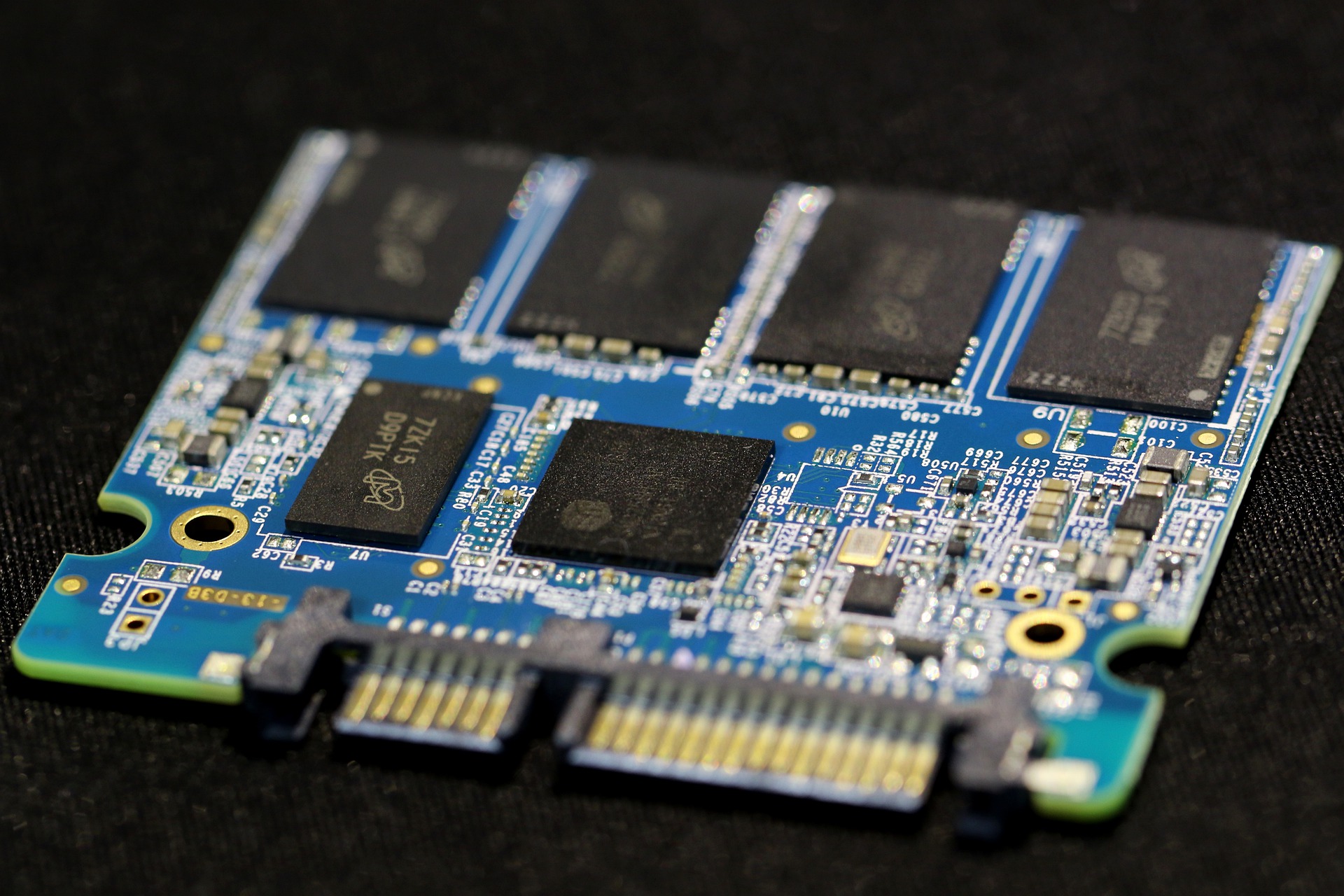A solid-state drive (or SSD) is an energy-independent storage device that modern people use to work with personal computers. SSD technology replaces standard versions of hard disks (such as HDD) in computers and other digital technology, and they perform their functions, but with great speed. This acceleration improves the operation of the boot operating system, programs and file saving processes.
SSD technology and its operating principle
The solid-state drive doesn’t have moving parts that can break. They consist of two basic elements, such as a flash controller and NAND memory chips. This design provides high performance reading and recording for information queries that can be both random and sequential.
SSD reads and records information into a basic set of interconnected flash chips made of silicon materials. Chips use floating shutter transistors (such as FGTs) to hold electricity charges. This allows a solid-state drive to store information even if the user does not have an electrical connection. Each FGT includes one bit of data. If its cell is charged, you will see a «1» indicator, if it is discharged, it will be «0».
Solid state drives use three main types of memory cells, such as:
- one-level;
- multilevel;
- three-level.
The first ones are the most expensive form of SSD, but at the same time they are the fastest and most durable. Although they are the least durable and have a low speed, they are inexpensive. These are three-level cells.
All blocks of data are available to the user at a constant speed. However, solid-state drives can fill only empty blocks with information. Although the SSD has the proper tools to bypass this issue, performance can still slow down over time.

Weaknesses and strengths of the SSD technology
Such devices are not subject to mechanical failure due to the absence of moving elements in their internal structure. They work quietly, consume little power and have smaller HDD drives in size. The latter advantage makes them very convenient for laptops, tablets, portable minicomputers, and personal digital assistants.
The controller software is equipped with predictive analytics, which allows it to warn the device owner about the possible failure of the disk. Flash memory is malleable, flash software producers can change the useful storage capacity using different versions of data reduction.
Among the strengths of the SSD technology, there are:
- high speed of reading or recording , access to bulk files;
- low loading time and good loading performance;
- low energy consumption and heat dissipation;
- impact resistance of storage devices, heat protection;
- resistance to overloads, vibrations, pressure and temperature changes;
- quietness;
- also, there are many boxes for this device, and this does not apply to limited hard drives.
Among the weaknesses are the limitation of the number of cycles of recording, the difficulty with the process of recovering corrupted data and the high cost of the device. Due to the latter factor, these devices still remain unpopular.
SSD technology is used in high-performance servers, laptops, desktop PCs that have a motherboard connection or a special adapter. However, there are some external USB versions of this device. Solid state drives make your work faster, but legacy HDD drives can’t handle it. You can find such drives in digital cameras, music players, smartphones, tablets and even in flash drives. They are part of the graphics maps. The characteristics of the drives turn devices that are equipped with them, suitable for unloading reads from databases with transactions and facilitate the phenomenon of VDI boot storm.
